Whether you have a leaky faucet or a drain clog, plumbing repair services can help. If you are looking for a plumber, there are a few things to consider before making your appointment.
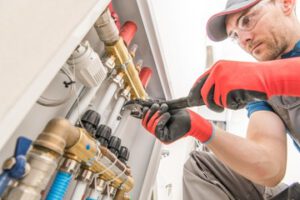 Consider having your plumbing inspected regularly. A professional plumbing company can perform an inspection to find out if your pipes are clogged and how you can resolve the problem. An experienced plumber can visually assess the pipe and tell you the problem. Consider a camera inspection for more detailed information.
Consider having your plumbing inspected regularly. A professional plumbing company can perform an inspection to find out if your pipes are clogged and how you can resolve the problem. An experienced plumber can visually assess the pipe and tell you the problem. Consider a camera inspection for more detailed information.
Cost of hiring a plumber. Hiring a plumber is important if you’re looking for emergency services or want to maintain a healthy home. However, hiring a professional is a costly undertaking. The cost can vary greatly depending on where you live. Some plumbers charge a flat rate for simple problems. However, the price will vary if you have a more complex issue.
Plumbers often charge a trip fee in addition to the hourly rate. These fees are designed to cover the cost of travel and other expenses associated with bringing in a plumber. The fee may also include time, gas, and insurance. Trip fees vary from around $50 to $300. Another factor to consider when hiring a plumber is whether the service provider offers warranties on their work. If the plumber offers a warranty, you’ll have peace of mind that you won’t have to pay for repairs if the problem arises in the future.
Sewer line damage. You can’t afford to ignore it, whether it is a clog or break in your sewer line. If you don’t take action, you could face serious health risks. Luckily, there are some ways to prevent sewer line damage.
One of the best ways to prevent sewer line damage is to keep your plumbing fixtures clean and well-maintained. You should also avoid putting wet wipes, hair, grease, and other things down the drain. These things can clog your sewer line and cause sewer backups.
Routine drain cleaning. Whether you have a home or business, routine drain cleaning as part of a plumbing repair service can keep your plumbing in great shape. Routine cleaning will help you avoid major issues, such as clogs and water damage. It can also help you avoid having to call in professional help.
Some items can clog drains, including hair, food particles, soap scum, and grease. If these items build up, your plumbing pipes will be more prone to blockages, which can damage your plumbing system. Also, they can cause unpleasant odors.
If you notice that your drains are slow, it is probably due to a clog. If you notice strange noises in the walls or a gurgling sound, this is another sign that your drains need to be cleaned. If you see any of these signs, it is important that you call a professional drain cleaning service.
Commercial plumbing services. Unlike residential plumbing, commercial plumbing services are often done on a larger scale. Larger buildings require more pipes, fixtures, and outlets. They have multiple floors, several toilets, and many sinks. In addition to this, commercial plumbing needs to be done on a regular basis. If not, problems can quickly escalate and result in huge losses. The right plumbers can help keep your business running smoothly and at its best.
Commercial plumbing services are usually conducted in warehouses, multi-use buildings, high-rise office buildings, and shopping malls. They may also involve water heaters, handicap furnishings, and automatic close-out valves. Commercial plumbing services require more knowledge, expertise, and experience than residential plumbing. They can be done at any time of the day or night, including holidays. They need to be done properly and quickly to prevent damage.

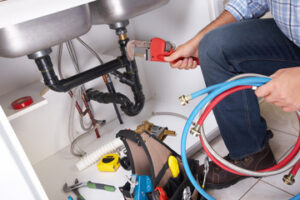 A closed loop system is one type of backflow prevention device that can prevent backflow. In a closed-loop system, waste is flushed through one hole, then out the other. A gravity feed lets liquids flow backwards through a drain line. Because solids and waste move in one direction only, this type of backflow device doesn’t create a siphon flow, which means that there is generally no risk of sewage contamination of main water supply.
A closed loop system is one type of backflow prevention device that can prevent backflow. In a closed-loop system, waste is flushed through one hole, then out the other. A gravity feed lets liquids flow backwards through a drain line. Because solids and waste move in one direction only, this type of backflow device doesn’t create a siphon flow, which means that there is generally no risk of sewage contamination of main water supply.



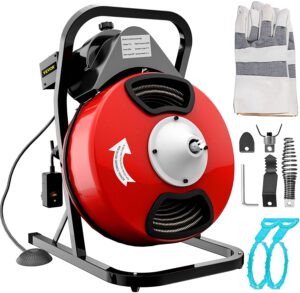
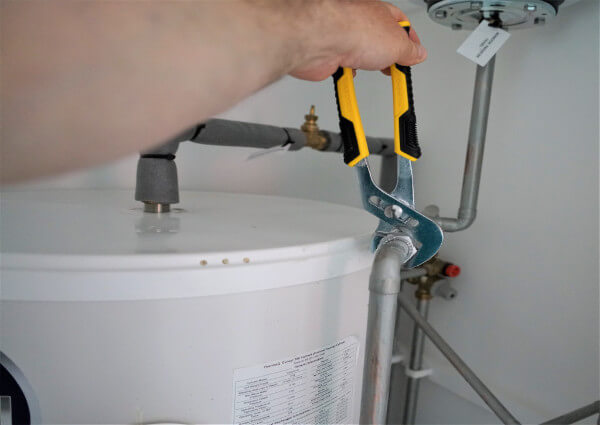
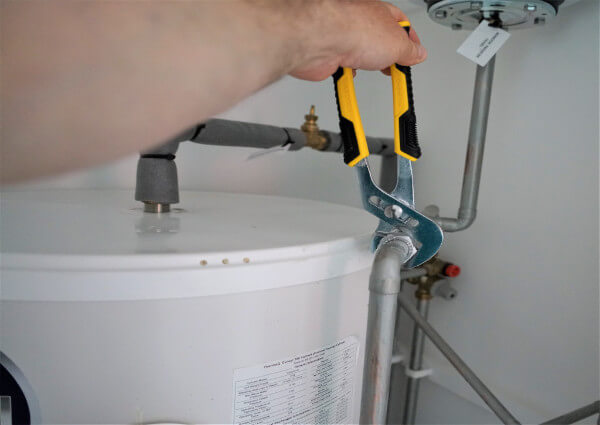 The holiday season can be draining. Don’t let issues with your plumbing add to your holiday stress. Check out these tips on making sure your drains are holiday-ready.
The holiday season can be draining. Don’t let issues with your plumbing add to your holiday stress. Check out these tips on making sure your drains are holiday-ready.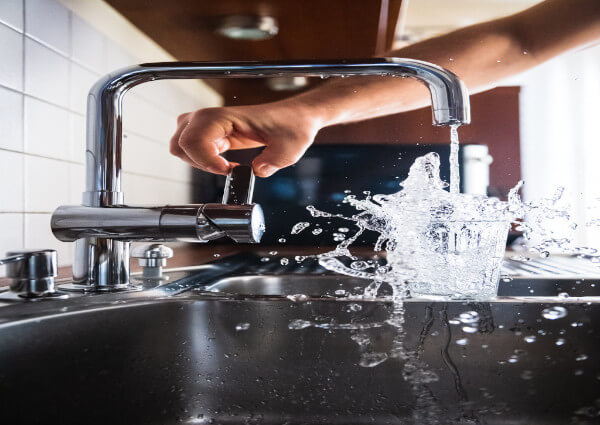

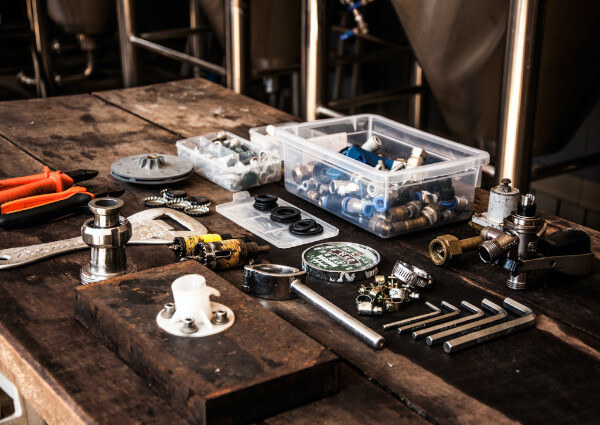
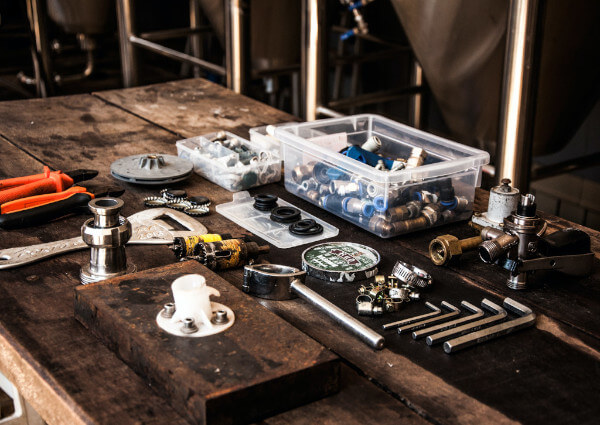
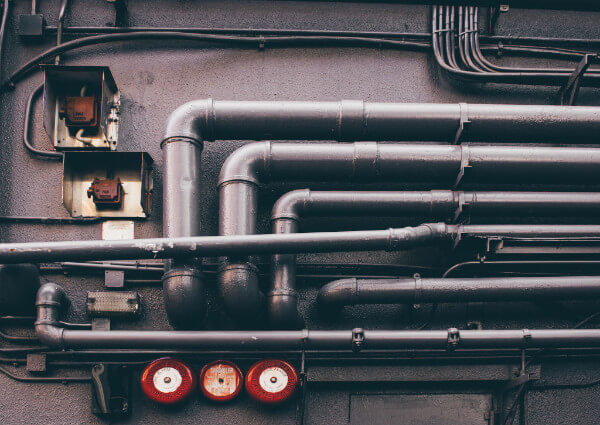
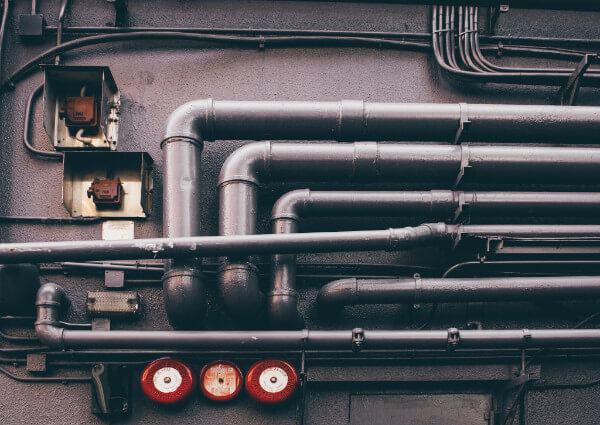 You’ve just purchased a new high-pressure rainfall showerhead. Now, the only thing that stands between you and relaxation is the old, calcified showerhead you want to replace — and it won’t budge! Don’t worry. Our expert team at Len The Plumber has put together this guide so that you can remove and replace your stuck showerhead like a pro. You’ll be relaxing in no time.
You’ve just purchased a new high-pressure rainfall showerhead. Now, the only thing that stands between you and relaxation is the old, calcified showerhead you want to replace — and it won’t budge! Don’t worry. Our expert team at Len The Plumber has put together this guide so that you can remove and replace your stuck showerhead like a pro. You’ll be relaxing in no time.